Enhancing Seawall Effectiveness with Geotextiles: A Breakthrough in Coastal Protection
Geotextile in seawalls has emerged as a groundbreaking solution for enhancing coastal protection and promoting sustainability. Seawalls play a crucial role in mitigating coastal erosion and safeguarding coastal communities and infrastructure. However, traditional seawalls often face limitations, such as wave energy reflection and potential environmental damage. By integrating geotextiles into seawall construction, these drawbacks can be overcome. Geotextiles act as wave energy dissipators, reducing wave reflection and minimizing erosion in adjacent areas. Additionally, geotextiles promote ecological stability by allowing water to pass through while supporting vegetation growth. The use of geotextiles in seawalls not only enhances their effectiveness in shoreline protection but also contributes to long-term sustainability and ecological resilience in coastal regions.
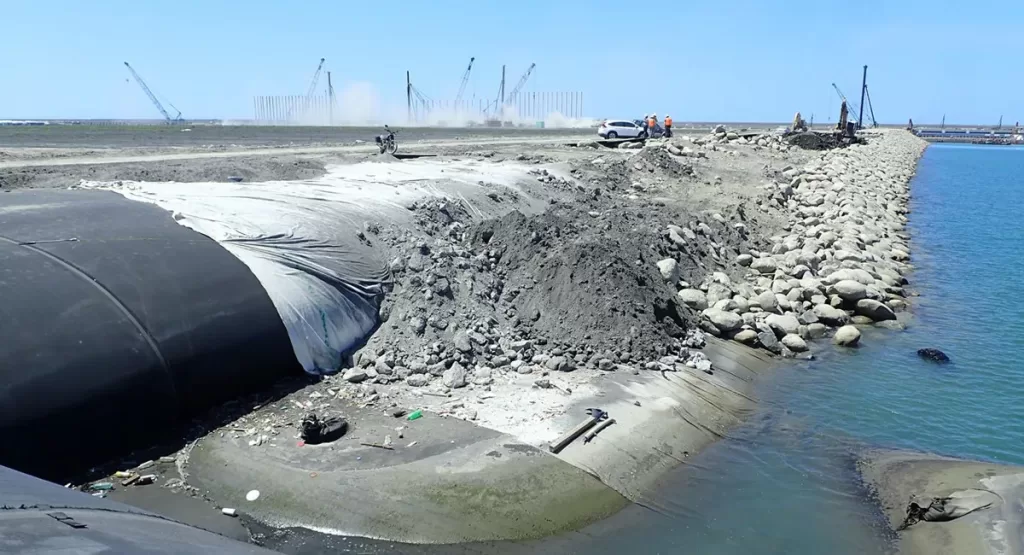
What is the main drawback of seawalls?
While seawalls are effective in reducing wave-induced erosion and providing shoreline protection, they often exhibit a significant drawback: the reflection of wave energy, which can partially hinder the recreational use of the coastal zone and cause adverse ecological effects within the coastal zone. Traditional seawalls are typically rigid structures that deflect waves back into the sea. This reflected energy can intensify erosion in adjacent areas, leading to a phenomenon known as wave scour. Moreover, the concentrated energy can compromise the stability of the seawall itself, potentially resulting in structural damage over time.
What are geotextiles generally used for?
Geotextiles are permeable textile materials commonly used in civil engineering and geotechnical applications, including road and railway embankments, earth dikes, and coastal protection structures. They are designed to perform various functions, including separation, filtration, reinforcement, and drainage. Geotextiles can be made from synthetic fibers, such as polypropylene or polyester, and are available in a range of thicknesses, strengths, and permeabilities. These versatile materials have found widespread use in road construction, embankment stabilization, erosion control, and hydraulic engineering projects.
What role do geotextiles play in enhancing the effectiveness of seawalls?
Geotextiles are commonly used in seawall construction to reinforce the structure’s stability and enhance its performance. Placed strategically, geotextiles act as a filter to prevent soil erosion behind the seawall while allowing water drainage, thereby reducing hydrostatic pressure and maintaining the integrity of the structure.
What types of geotextiles are commonly used in seawall applications?
Several types of geotextiles are commonly employed in seawall applications, each with specific characteristics suited to different project requirements:
- Woven Geotextiles: Woven geotextiles are manufactured by interlacing synthetic fibers in a regular pattern. These geotextiles offer high tensile strength, excellent filtration capabilities, and resistance to UV degradation. Woven geotextiles are often used in seawall construction to provide reinforcement and separation between different soil layers while allowing water to pass through.
- Non-Woven Geotextiles: Non-woven geotextiles are produced by entangling or bonding fibers together. They possess excellent filtration properties, high water flow rates, and good soil retention capabilities. Non-woven geotextiles are commonly used in seawalls to provide filtration and prevent the migration of fine particles while allowing water to drain.
- Composite Geotextiles: Composite geotextiles combine the benefits of both woven and non-woven geotextiles. They typically consist of a non-woven component for filtration and drainage, reinforced by a woven component for added strength. Composite geotextiles are frequently employed in seawall applications to provide a balance between filtration, soil retention, and reinforcement.
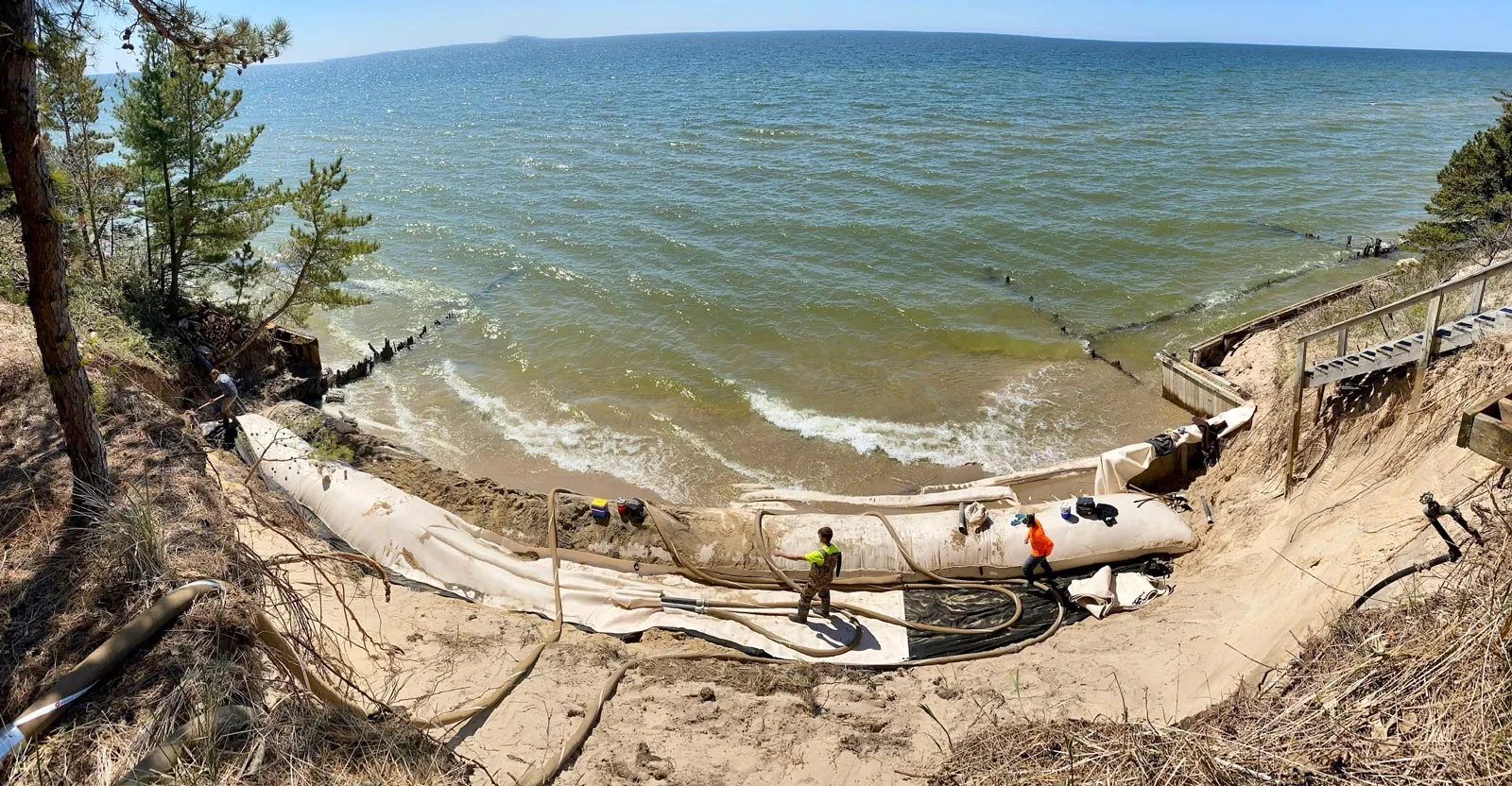
In conclusion, the integration of geotextiles into seawall construction represents a significant advancement in coastal protection. By dissipating wave energy, reducing wave reflection, and promoting ecological stability, geotextiles enhance the effectiveness and longevity of seawalls. The selection of appropriate geotextile types depends on the specific project requirements and soil conditions, allowing for customized solutions tailored to each coastal defense application.
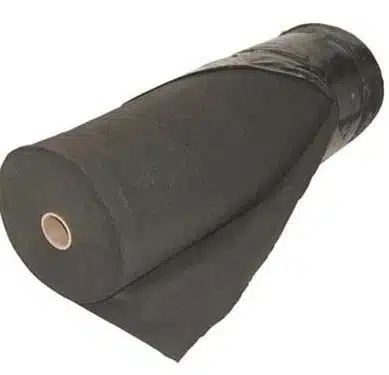
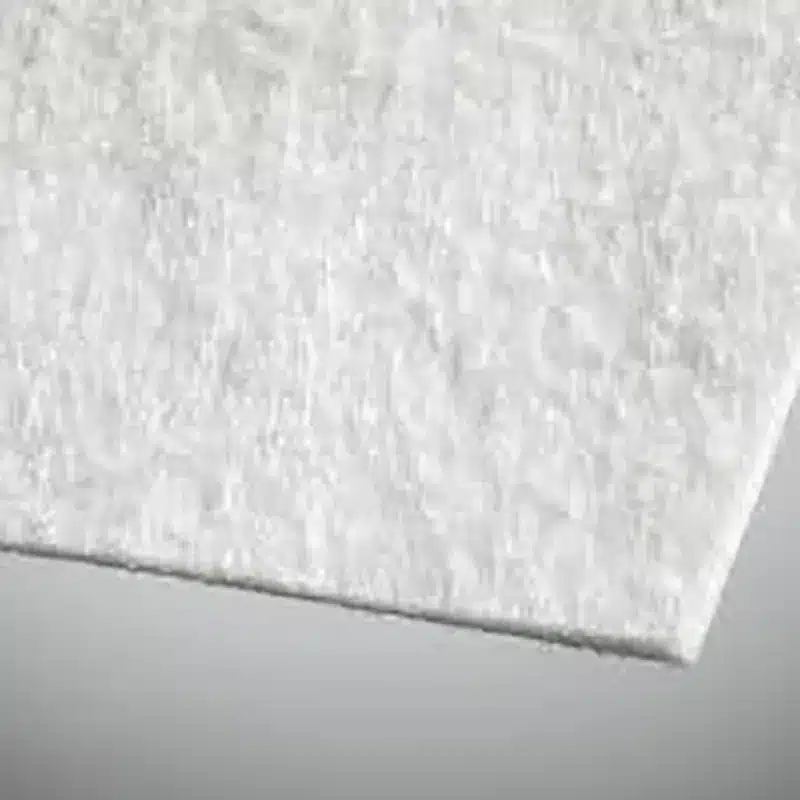
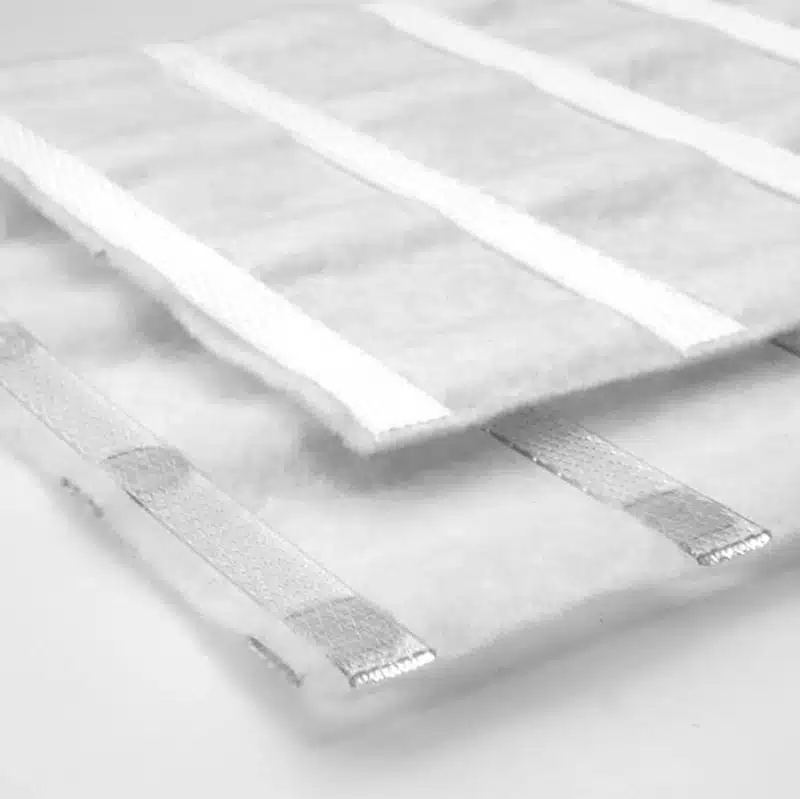
Comments
Post a Comment